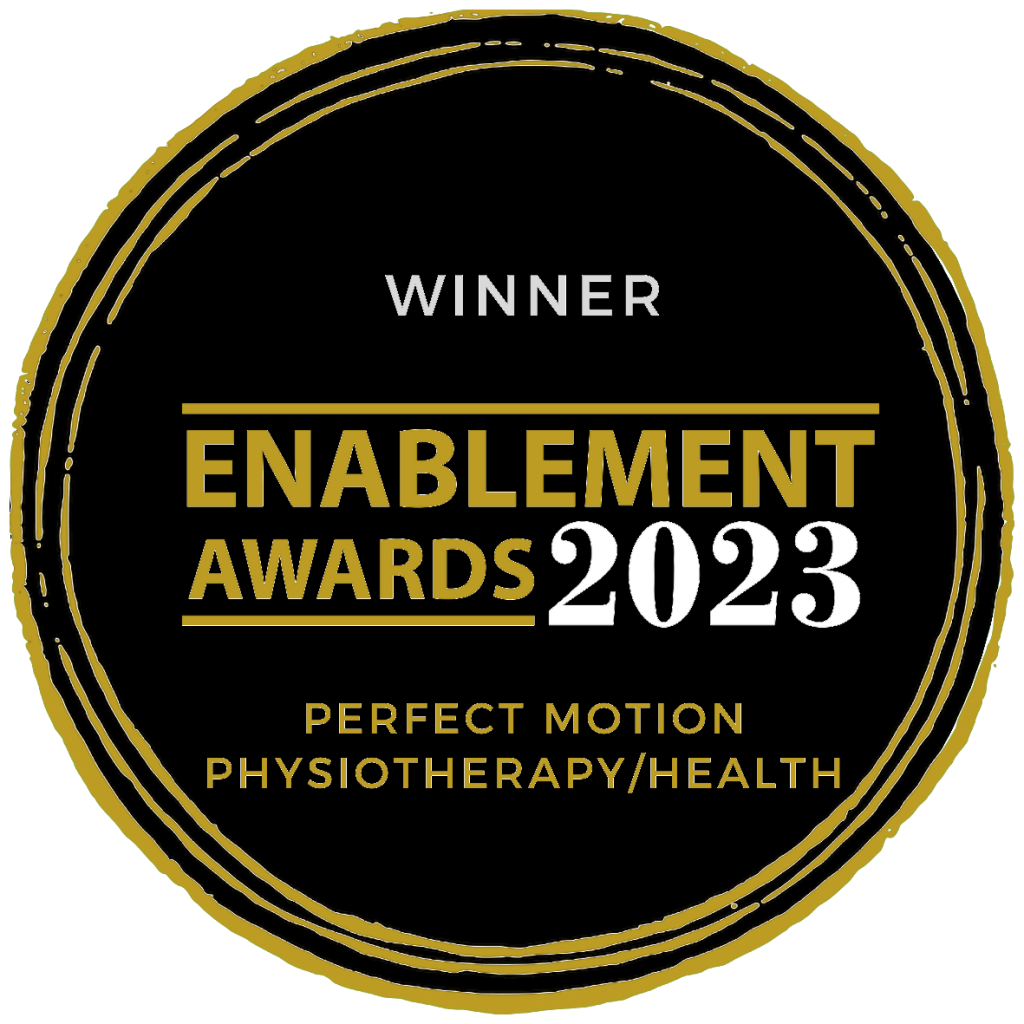For many people, the road to recovery after a stroke can be long and gruelling.
In Australia in 2020, there were an estimated 39,500 stroke events, equating to more than 100 each and every day.
And, unfortunately, those numbers are on the rise.
A stroke is a serious brain injury where blood flow to a part of the brain is disrupted.
Strokes can cause death or lead to long-term disability.
However, the good news is that survivors can derive significant benefits from exercise therapy, which has become an increasingly important part of the stroke rehabilitation process.
Physical problems that strokes can cause
Around two-thirds of all stroke survivors require some form of physical or other therapy.
In addition to brain issues which may include speech impairment and difficulty with thinking and problem solving, strokes can also cause a wide range of physical issues such as paralysis on one or both sides of the body, muscle weakness, balance and walking problems and the inability to complete certain movements.
Of course, each person will have different symptoms after a stroke, depending on the size and location of the episode.
However, all stroke survivors can benefit from including exercise therapy as part of their rehabilitation.
The sooner that exercise therapy begins after a stroke as part of your rehabilitation process, the more likely you are to regain lost abilities and skills.
How exercise therapy can help stroke survivors
Heart associations around the world strongly recommend the use of exercise therapy for stroke survivors.
Studies have found that exercise therapy improves functional capacity and improves a patient’s ability to perform daily life activities, which in turn helps with quality of life.
In addition, exercise therapy can also help to reduce the risk of further strokes and other unwanted cardiovascular events.
A physiotherapist can create an individualised program for you as part of your stroke rehabilitation, after completing a thorough assessment of your issues.
Treatments can include exercise therapy, aquatic therapy, gait and balance training and limb function training.
The benefits of exercise therapy can include:
- Preventing muscle loss, particularly when exercise therapy is started in the days immediately following a stroke event.
- Improving overall strength, agility and mobility for improved quality of life.
- Improving physical endurance to help you get through more of your day-to-day activities and tasks.
- Regaining the use of limbs which have been impacted by a stroke, through specific exercises which stimulate the affected muscles and help to re-establish the connection between the brain and the body.
- Improving circulation and reducing stiffness of affected muscles and nerves.
- Improving mental wellbeing, through patients being more easily able to return to daily life and being less reliant on caregivers.
Put simply, exercise therapy can help you recover better and faster following a stroke.
Exercise Therapy for Stroke Rehabilitation in Adelaide
If you – or a family member – have had a recent stroke event and are looking to begin exercise therapy, contact us today at Perfect Motion Physiotherapy.
We are a leading health provider in Adelaide and are a registered NDIS Provider.
Our three locations offer state-of-the-art equipment alongside our professional and compassionate care.
To arrange an initial consultation, call us on 08 8337 7821

